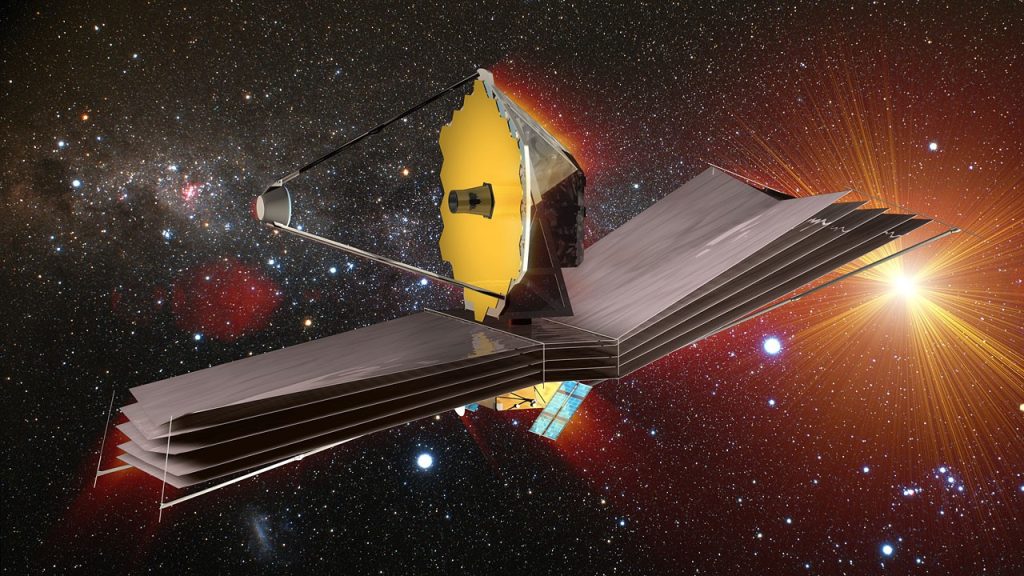Abilene Christian University Graduate Scott Acton Helps to Expand Our View of the Universe
Article by Rick Hammer — February 6, 2022
“You mean to tell me there is a job out there where you get to do this kind of stuff all day long and get paid for it?”, said Dr. Scott Acton, referring to a series of “experiments” he and his uncle did with a set of dominoes back when he was 10 years-old.
His Methodist minister uncle was hoping to inspire curiosity and creativity in his young nephew who grew up in a small town in Wyoming.
The two experimented with various ways to line up the dominoes and then tested each arrangement to see which would fall over the fastest. According to Scott, after the series of domino experiments were finished, his uncle told him, “That’s physics Scott!”.

Acton said those three words changed his life and set him on a course to eventually become a physicist.
Scott Acton has made his mark in the field of physics and telescope optics, spending the last 22 years working as the wavefront sensing and controls scientist for the James Webb Space Telescope. Acton works for Ball Aerospace, which is the NASA subcontractor that is focused on the development of Webb’s optical system.
Webb’s optics are so sensitive that it can see the heat signature of a bumblebee at the distance of the moon. Webb will primarily “see” by detecting infrared light instead of visible light.
Once precisely adjusted, Webb’s infrared vision will be able to collect light that was produced by the first stars and galaxies, about 100 million years after the creation of the universe some 13.8 billion years ago. The Webb telescope is unique in that it will allow astronomers the first opportunity to gather this light and other data formed during this earliest period of the universe known as the cosmic dawn.
Webb is the largest telescope ever sent into space and is an engineering marvel. New technologies for the sunshield and the light-gathering telescope mirror were the most innovative.
The mirror part of the telescope is what collects the light emitted from those early stars and galaxies, and Webb’s primary mirror is very large.
Too large to fit inside of a rocket to launch into space.
To get around this problem, engineers came up with a design that breaks the primary mirror into 18 smaller mirrors or segments that fold into a shape which allowed the telescope to fit inside the launch rocket. The same goes for the sunshield, which is the size of a tennis court.
Acton and his team will soon begin their meticulous work to make fine adjustments on each of the 18 mirror segments by moving them in nanometer-size steps to eventually create a smooth surface. After that, the 18 segments will function as one large telescope mirror. This process could take up to three months to complete.
Acton spent his undergraduate years in the Big Country and graduated from Abilene Christian University in 1984 with a degree in physics. When asked about his experience while a student at ACU, Acton replied, “the ACU physics department enabled me to get my hands dirty.”
Acton went on to say that he had an opportunity to work for and alongside several different professors in the physics department.
“If they weren’t impressed with my scholarly ability, I think I did impress them with my work ethic,” Acton said. “I think it’s important to be able to look at both halves of a person’s academic ability and on a more personal note I think that the physics professors seemed to care a great deal about me as a person.”
Acton formed enduring relationships with the physics faculty while at ACU and remains friends with some of them to this day, in particular Dr. Charles Ivey.
“Charles was very good at instilling in us a level of belief in who we were,” Acton said.
The wavefront sensing technology developed by Acton and his team, along with related technologies, has been adapted to allow ophthalmologists to see a patient’s retina perfectly and take pictures of individual cells.
Acton said that a future version of the Webb telescope might be able to study planets around other stars to determine if they have the conditions to support life.
Description
February 6, 2022